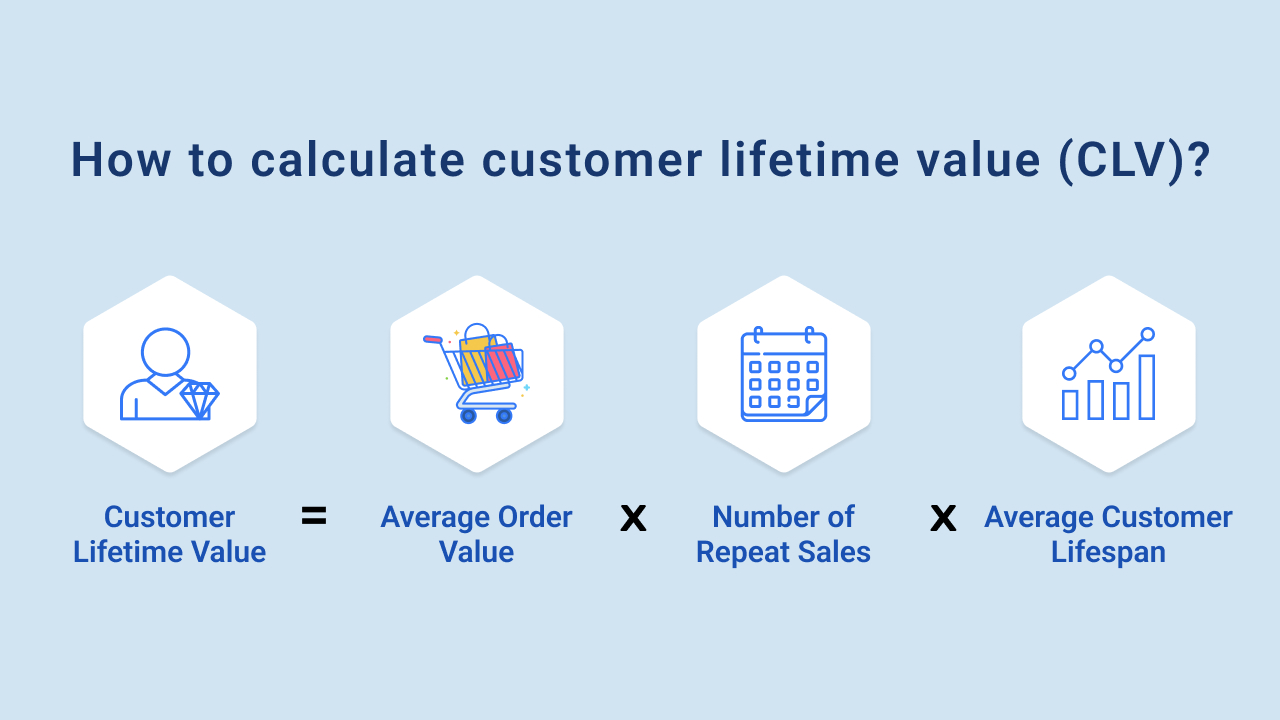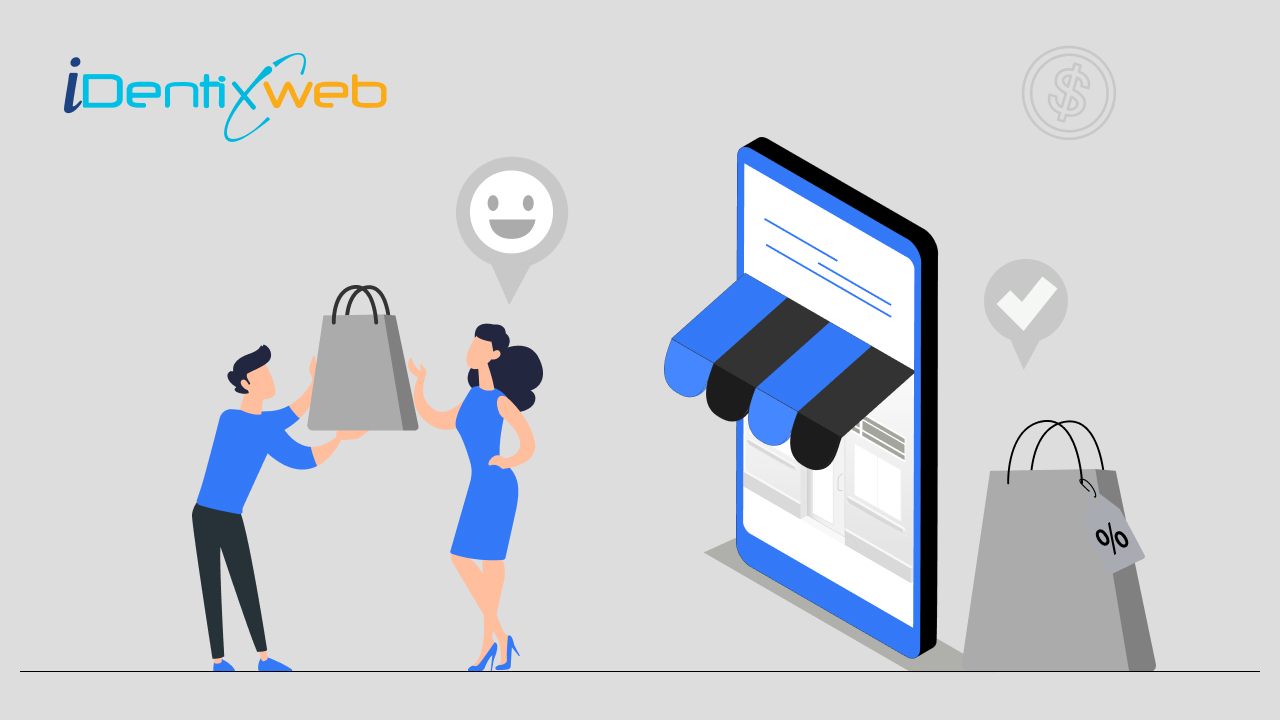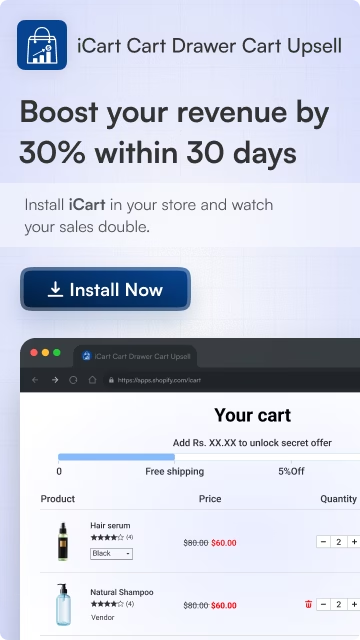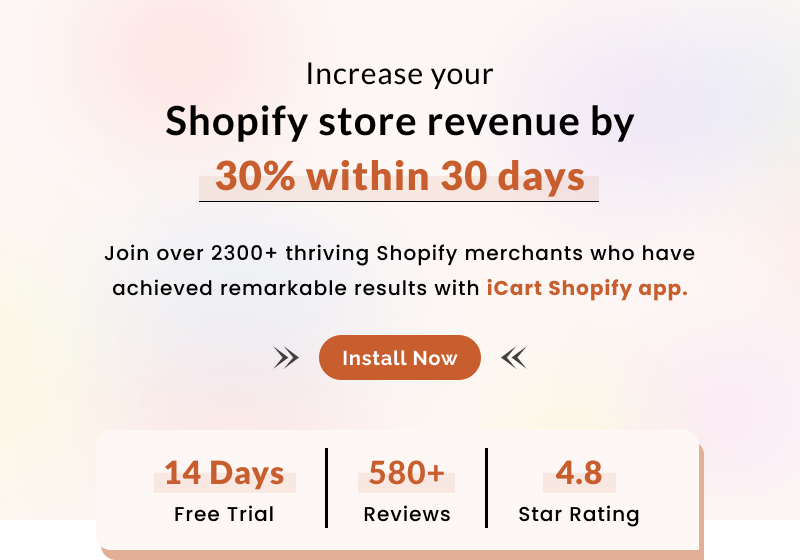In today’s competitive e-commerce market, it is essential to understand the value of each customer to your business. The customer lifetime value (CLV) is a metric that helps online retailers determine the amount of revenue a customer will generate during their entire relationship with the business.
Shopify customer lifetime value is an important indicator of the health of your online store. It represents the total amount of money a customer will spend on your products or services over the course of their entire relationship with your business. Understanding your CLV is vital because it provides insight into the long-term profitability of your customer base, enabling you to make informed decisions regarding marketing, advertising, and customer retention strategies.
Calculating the Shopify CLV involves several factors such as average order value, purchase frequency, and customer retention rate. It may seem complicated, but it is relatively simple to calculate customer lifetime value with the right tools and data.
In this blog post, we will guide you through the steps to calculate customer lifetime value, explain the significance of this metric, and provide tips on how to improve it. By the end of this blog, you will have a clear understanding of how to calculate your Shopify CLV and use it to grow your ecommerce business.
What is customer lifetime value (CLV)?
Customer lifetime value (CLV) or lifetime customer value is a metric that represents the total revenue a business can expect from a customer over the entire duration of their relationship. It is a critical measure of the customer’s long-term value and a fundamental component of customer relationship management.
How to calculate customer lifetime value (CLV)?

Calculating customer lifetime value (CLV) involves several factors, and the formula may vary depending on the business and industry. However, the general formula for calculating CLV is:
CLV = (Average Order Value) * (Number of Repeat Sales) * (Average Customer Lifespan)
Here are the steps to calculate the CLV:
For example, if the average order value is $50, the number of repeat sales is 5, and the average customer lifespan is 2 years, the CLV would be:
CLV = $50 * 5 * 2 = $500
It is essential to note that there may be additional factors to consider when calculating CLV, such as customer acquisition costs and profit margins. However, the basic formula outlined above provides a starting point for businesses to determine the value of their customer base.
Importance of customer lifetime value
Strategic decision-making: CLV helps businesses make informed decisions about marketing sales and customer service strategies. Companies can use CLV to segment their customer base and develop targeted marketing campaigns that will help them retain high-value customers.
Cost-effective marketing: By understanding the lifetime value of a customer, businesses can calculate how much they can spend on acquiring new customers. This helps them allocate their marketing budget more effectively and focus on acquiring customers who are likely to generate a high CLV.
Customer retention: CLV can help businesses identify which customers are most likely to leave and which are most valuable. By focusing on retaining high-value customers, businesses can reduce churn and increase customer loyalty.
Product development: CLV can also help businesses identify which products and services are most profitable and popular among their customers. This information can be used to develop new products and services that are more likely to appeal to high-value customers.
How to increase customer lifetime value (CLV)?
There are several strategies businesses can use to increase customer lifetime value.
Improve customer experience: Providing excellent customer service can help build strong relationships with customers and increase their loyalty. This includes responding to customer queries and complaints promptly, providing personalized recommendations and offers, and delivering a seamless experience across all touchpoints.
Offer loyalty programs: Loyalty programs can incentivize customers to continue doing business with a company and increase their lifetime value. Offering exclusive discounts rewards, or personalized experiences to loyal customers can help build brand loyalty and increase retention.
Upsell and cross-sell: Encouraging customers to purchase additional products or services can increase their lifetime value. This can be achieved through personalized recommendations, product bundling, or offering complementary products or services.
Build strong relationships: Building strong relationships with customers can increase their lifetime value. This can be achieved through personalized communication, sending personalized offers and discounts, and creating a sense of community around a brand.
Focus on retention: Focusing on customer retention can help increase customer lifetime value. This includes identifying customers who are at risk of leaving and offering targeted incentives to keep them engaged, as well as providing exceptional customer service to retain existing customers.
Offer exceptional after-sales service: Providing exceptional after-sales service can help build customer loyalty and increase their lifetime value. This includes offering warranties, providing timely and efficient service, and addressing any issues or concerns promptly.
Conclusion
In conclusion, increasing customer lifetime value is a vital strategy for businesses looking to build a sustainable customer base and boost their revenue. Implementing the tips we have discussed in this blog can enhance customer satisfaction and lifetime value.










![The 10 Best Dropshipping Clothing Suppliers + Tips [2025] The 10 Best Dropshipping Clothing Suppliers + Tips [2025]](https://www.identixweb.com/wp-content/uploads/2025/08/07-08-Thu-Blog-The-10-Best-Dropshipping-Clothing-Suppliers-Tips-2025-.webp)

About the author
Sajini Annie John
Meet Sajini, a seasoned technical content writer with a passion for e-commerce and expertise in Shopify. She is committed to helping online businesses to thrive through the power of well-crafted content.